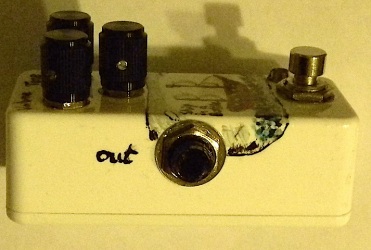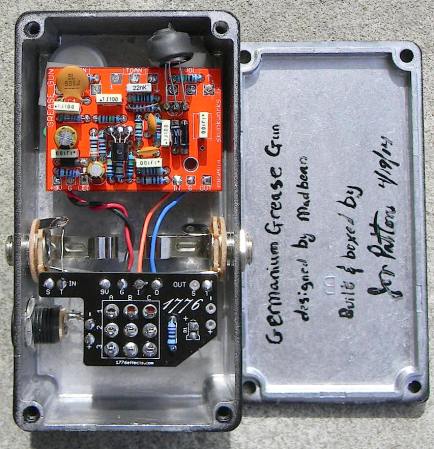I've been busy!
Okay, so there aren't a ton of pedals to use these in, but if you have an amp with negative feedback, they're easy additions. But we do use negative feedback in things like Fuzz Faces (that's the 100K resistor), so maybe some of these will be of use!
Anyway, if you're not familiar with how negative feedback works, Uncle Doug has a good vid:
Here's a little schematic I drew with some ideas:

Note that a lot of these look familiar -- I'm just proposing putting them on the emitter or cathode of a circuit in a negative feedback loop, which makes it sort of "semi active", and won't load the transistor or valve it's affecting the sound of. (It will load the place you take the feedback from, but that's usually a low-impendance place in the circuit!), which could be extremely useful in some circumstances. They do remove some gain overall, but sometimes that's a good thing, and it's not as bad as some circuits. The mid scoop circuit I show, for instance, is a very mild notch, less severe than a blackface, but far GAINIER as well.
Okay, so there aren't a ton of pedals to use these in, but if you have an amp with negative feedback, they're easy additions. But we do use negative feedback in things like Fuzz Faces (that's the 100K resistor), so maybe some of these will be of use!
Anyway, if you're not familiar with how negative feedback works, Uncle Doug has a good vid:
Here's a little schematic I drew with some ideas:

Note that a lot of these look familiar -- I'm just proposing putting them on the emitter or cathode of a circuit in a negative feedback loop, which makes it sort of "semi active", and won't load the transistor or valve it's affecting the sound of. (It will load the place you take the feedback from, but that's usually a low-impendance place in the circuit!), which could be extremely useful in some circumstances. They do remove some gain overall, but sometimes that's a good thing, and it's not as bad as some circuits. The mid scoop circuit I show, for instance, is a very mild notch, less severe than a blackface, but far GAINIER as well.



















 Extra power filtering/100R on the voltage input? -- No change.
Extra power filtering/100R on the voltage input? -- No change.






